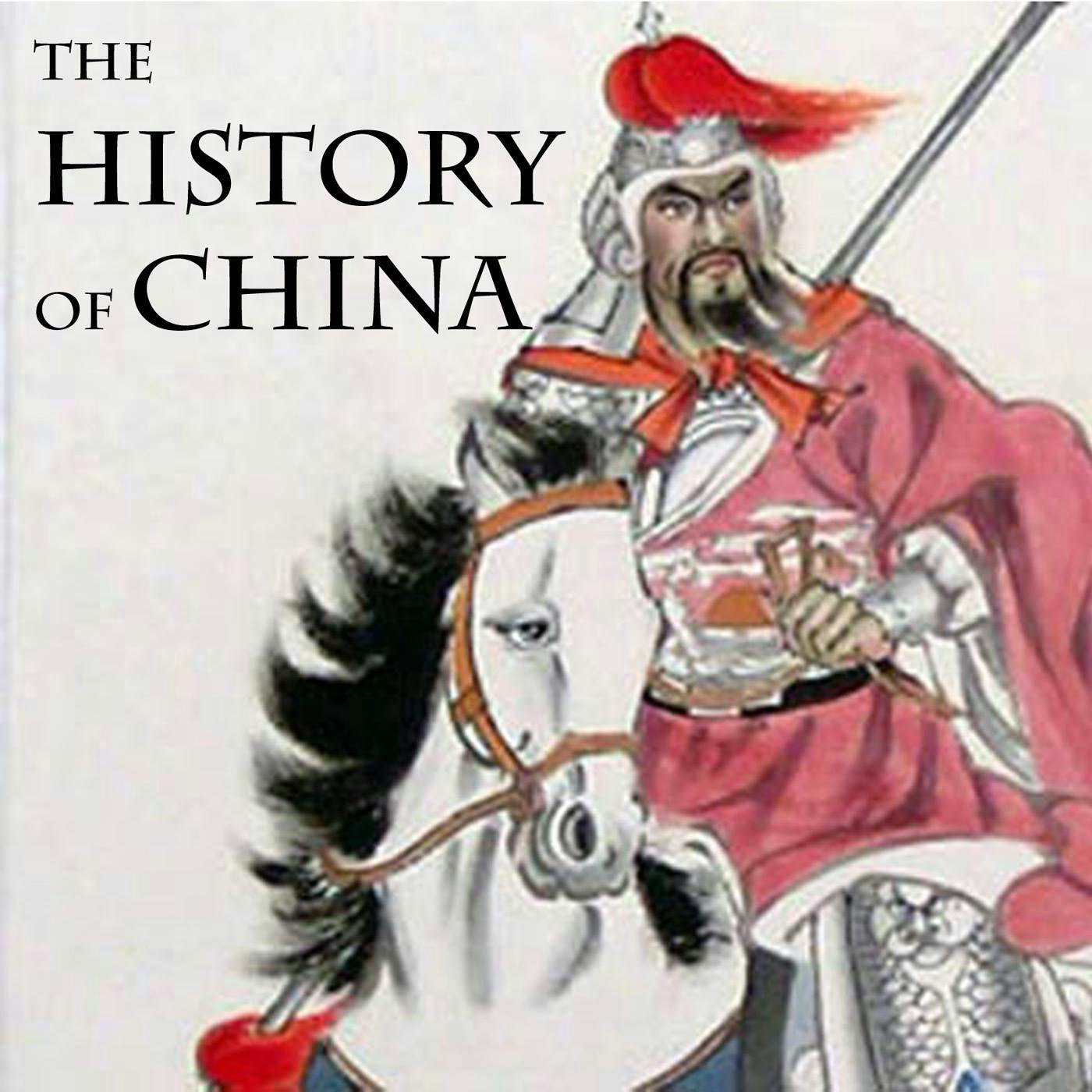
Shownotes Transcript
Events on the high seas and islands alike reach a fevered pitch as the Dutch, Japan, China, and Portugal all vie for profit and supremacy over Taiwan and its lucrative trade. Meanwhile - call them what you will (because it's hard to keep track - but the "independent merchants" or "pirate lords" ... sometimes even turned government agents keep looking to exploit every opportunity to enrich themselves while avoiding the noose.
Take what you can, give nothin' back!
Timeframe Covered:
ca. 1600-1639
Major Historical Figures:
Dutch East India Company/Batavia/Ft. Zeelandia:
Capt. Elie Ripon
Pieter Nuyts, Governor of Formosa [1598-1655]
Catholic Church:
Georgius Candidus [1597-1647]
Independent Traders/Pirates of Taiwan:
Salvador Diaz of Macau
Yan Siqi [d. ~1625]
Li Dan "Captain China" [d. ~1625]
Li Kuiqi ("Quitsicq")
Zhong Bin
Liu Xiang
Ming China:
Chen Di, Ming imperial official [1541-1617]
Xu Xinsu ("Simpsou"), merchant-contact
"Patrolling Admiral" Zheng Zhilong [1604-1661]
Shogunate Japan:
Toyotomi Hideyoshi, "The Great Unifier" [1537-1598]
Suetsugu Heizo Masanao, merchant-lord [1546-1630]
Suetsugu Heizo Masafusa, the scion
Taiwan Aboriginal Groups:
the Sinkan
the Mattau
Major Sources Cited:
Andrade, Tonio (2005). How Taiwan Became Chinese: Dutch, Spanish, and Han Colonization in the Sevententh Century.
Andrade, Tonio (2004). "The Company's Chinese Pirates: How the Dutch East India Company Tried to Lead a Coalition of Pirates to War against China, 1621-1662" in Journal of World History, Vol. 15, No. 4 (Dec., 2004).
Clements, Jonathan (2004). Coxinga and the Fall of the Ming Dynasty.
Ripon, Elie [Leonard Blussé & Jaap de Moor, trans.] (2016). Captain Ripon’s Maritime Adventures in the East Indies: The Diary of a Mercenary Soldier, 1617-1627.
Learn more about your ad choices. Visit megaphone.fm/adchoices
